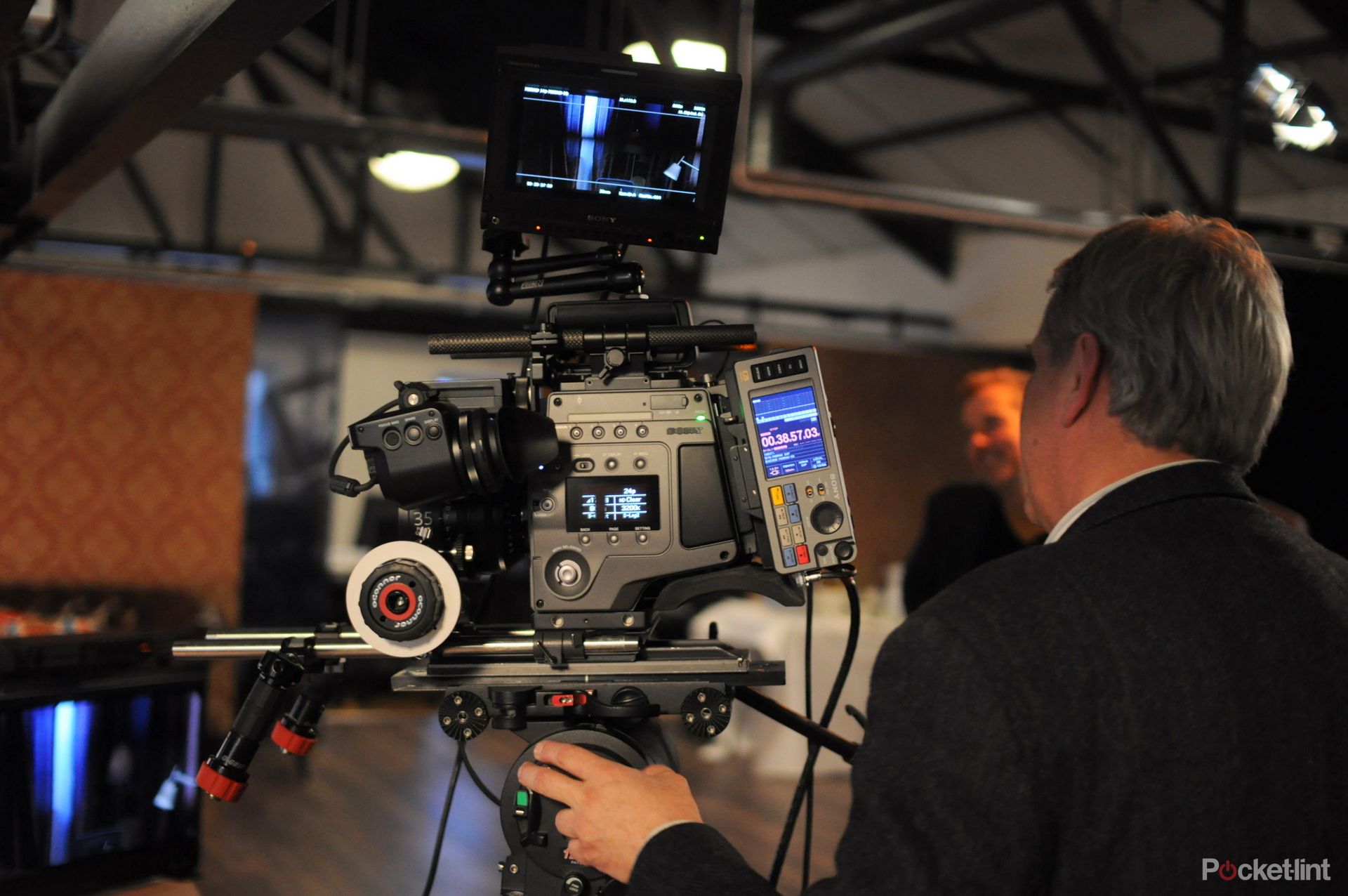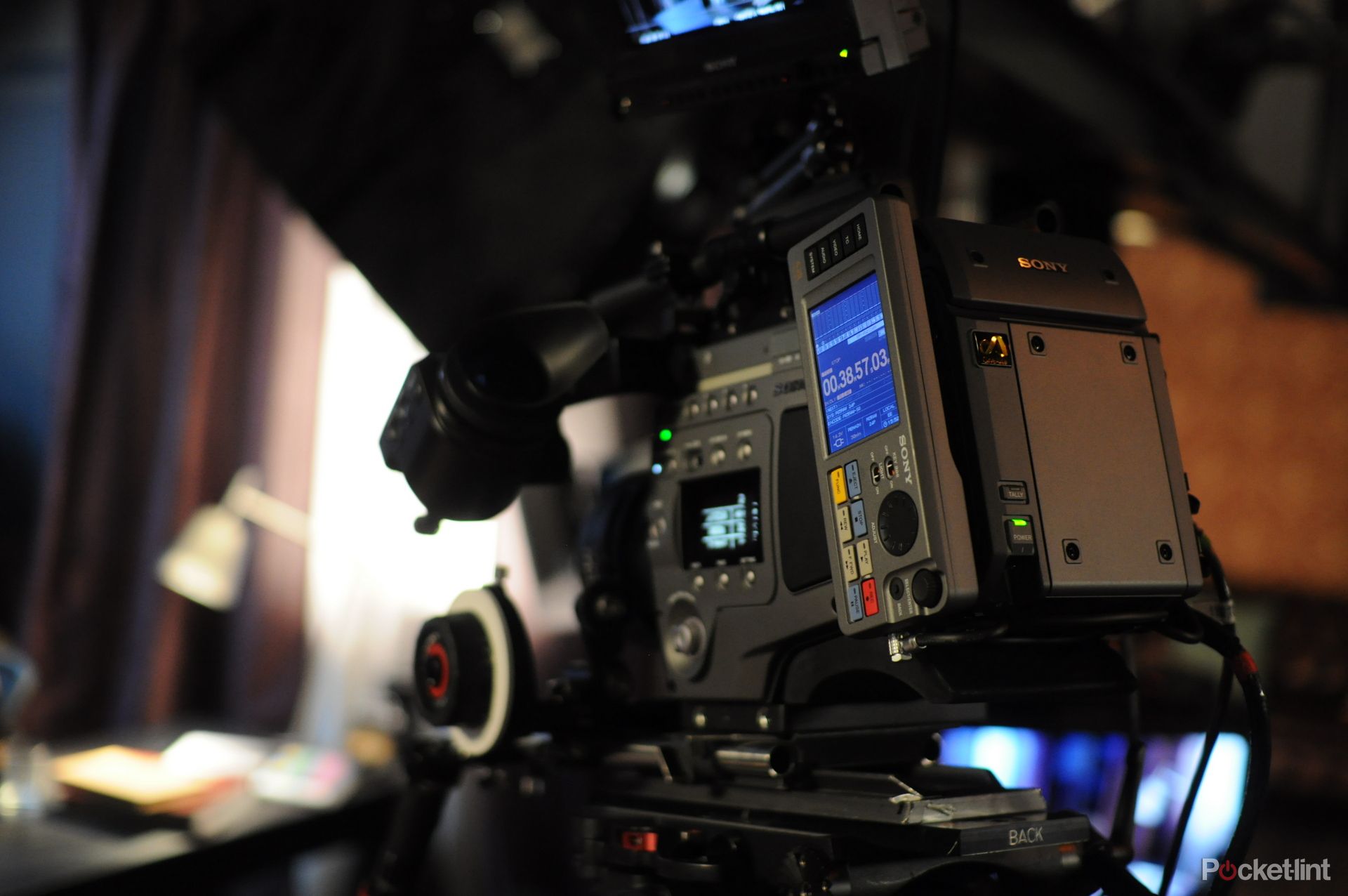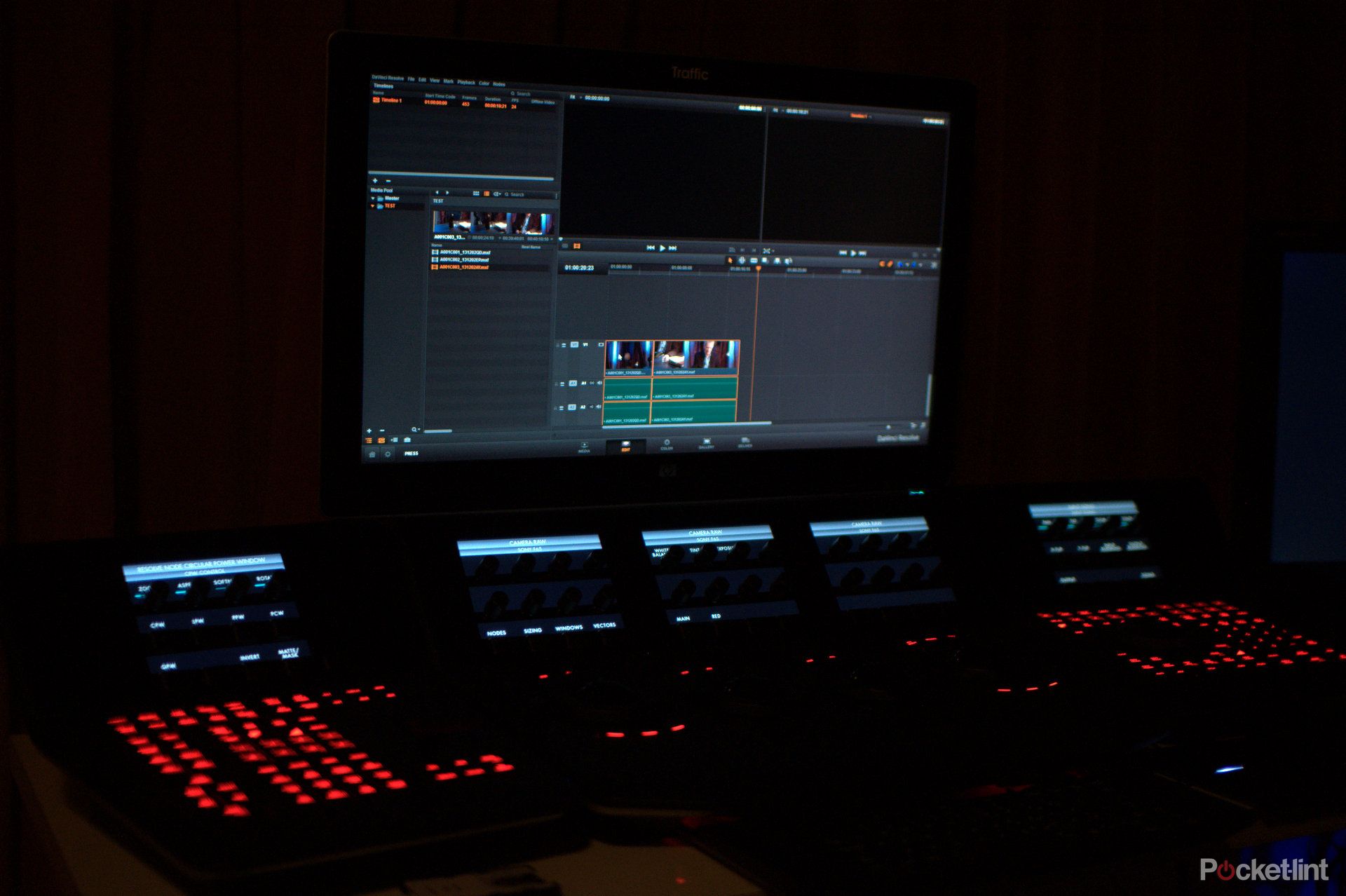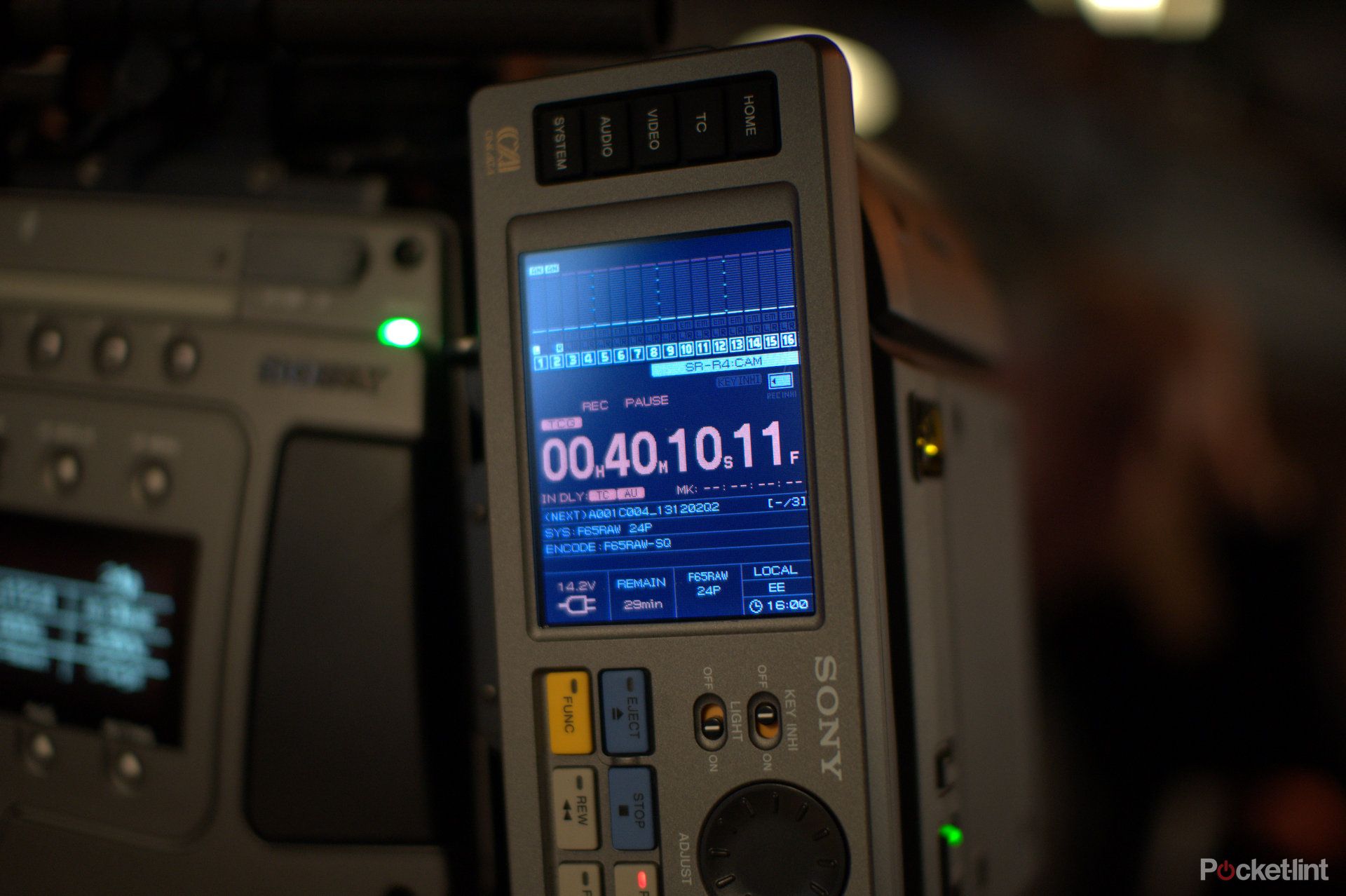To see what's what in the world of motion picture production, we went along to Pinewood Studios to have a look at the facilities there, and to see what Sony is doing with its new motion picture cameras, and how digital is coming along as a technology for filmmakers. Sony set this centre up as a way of helping filmmakers through the transition to digital, and to show people how amazing a digtial workflow can be for movie production.
The one thing that has changed with film production going digital - and most films are now shooting digital - is that we're finally looking at cameras that produce an output that has as much going for it as a piece of celluloid. In the past, this wasn't the case, and that would make digital film production something of a niche, rather than a mainstream affair.
Now though, and it has to be said, in large part thanks to the work Sony has done in digital cinema, the cameras have improved, editing tools have improved but most of all the speed at which you can work has evolved. For example, the long processing times of old have gone. A director can shoot a scene, hand it to a colourist, on set, and have a 1080p version of it loaded onto his iPad for the taxi ride home.
While that might sound like a simple thing, it means that film production costs can be somewhat reduced, and certainly filmmakers can experiment on set more, and get feedback instantly.
What Sony showed us was just exactly how fast you can take 4K video from a camera, move it to BlackMagic's DaVinci Resolve, perform a basic edit and then tweak the colours, black level and general feel of a scene. Obviously, what we saw was rough-and-ready, but it's amazing to think that something like this just wasn't possible five years ago - not to this quality - and it has completely changed how film is produced.
What's more, digital cameras now are better than the early versions that were hyper-video-cameras. In the early days - think Star Wars episodes Two and Three, which both had video cameras used in their production, and things have changed enormously. Now, these "video-based" movie cameras have the level of detail that you'd expect from film, as well as the "raw" output that you need.
What raw video adds, is the same as with still photography. Namely, the ability to tweak an image much more. If you've ever seen an ungraded clip from a film - look on the special features of a DVD or Blu-ray, there are often untreated clips - you'll immediately notice how rubbish it looks. The image usually has no visible dynamic range, but the opposite is true. Raw files contain everything you need to produce an an amazing final product, but the need to be tweaked. In the past, this was done once the film was edited, but now a colourist can make changes on set, and send these files to those who need to see them.
Perhaps the best bit of all though, is just how amazing Sony's CineAlta cameras look when shown in 4K. We saw some of Sony's professional monitors at its Pinewood facilities and the realism from these cameras is something even we didn't expect. We're talking about almost lifelike clarity. This is the most significant change in digital cinematography really, because the old 1080p movie cameras from before were more like video cameras, and the new generation are more like film cameras.
What's more, cameras like the F65 have "true" 4K output, with a sensor that captures 20-megapixels and, from which, an 8K image can be recovered later. This is very similar to the way older 4K cameras worked, in that they didn't record true 4K, but you could get close to it. Even so, this faux 8K is valuable, because it means when higher quality cinema tech is available in a few years, the footage can be interpreted into more than can be seen right now.
This is another feature in common with 35mm stock, which has outlasted all expectations because the original analogue negative contains so much data. With modern digital scanning, it's possible to recover 4K from 35mm film, but we've been told that's pretty much the limit of the stock. Now, digital is the future, and we'll see even more improvements as the years roll by. However you look at it, digital cinema is at its most exciting point right now. The equipment now bests film - although using 35mm film is still a wonderful thing, and remains appropriate for some productions - so it is ready to become the dominant medium.




